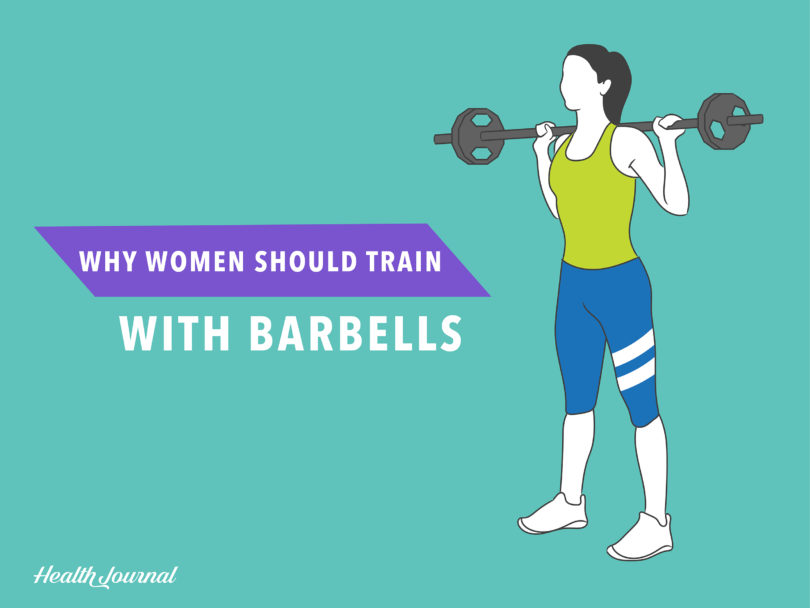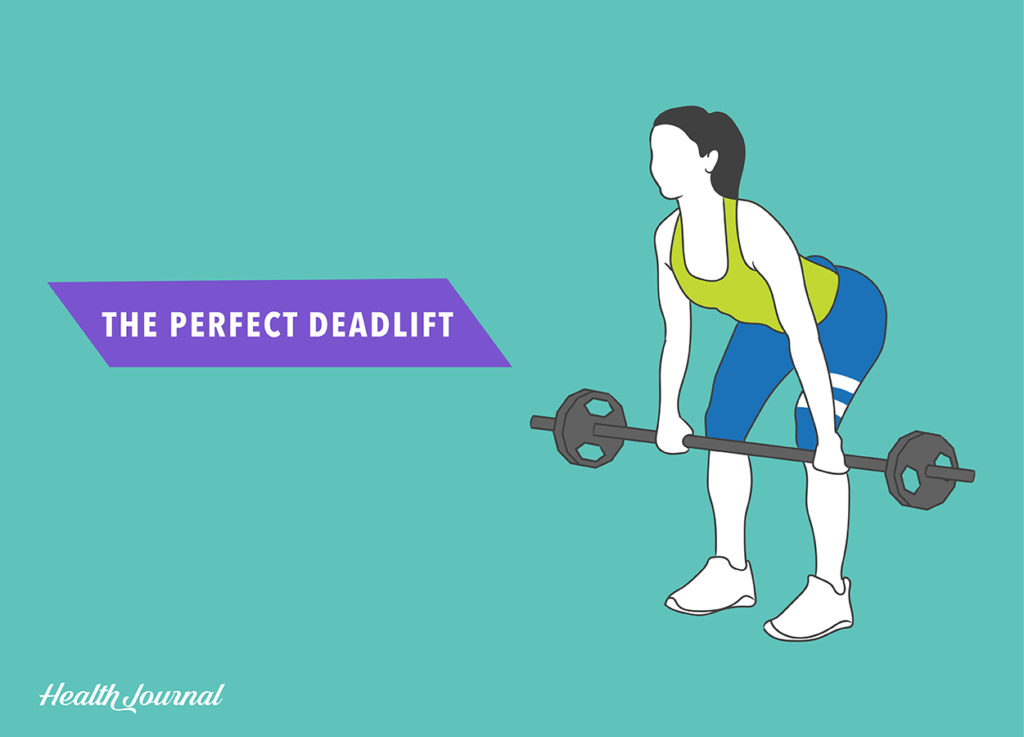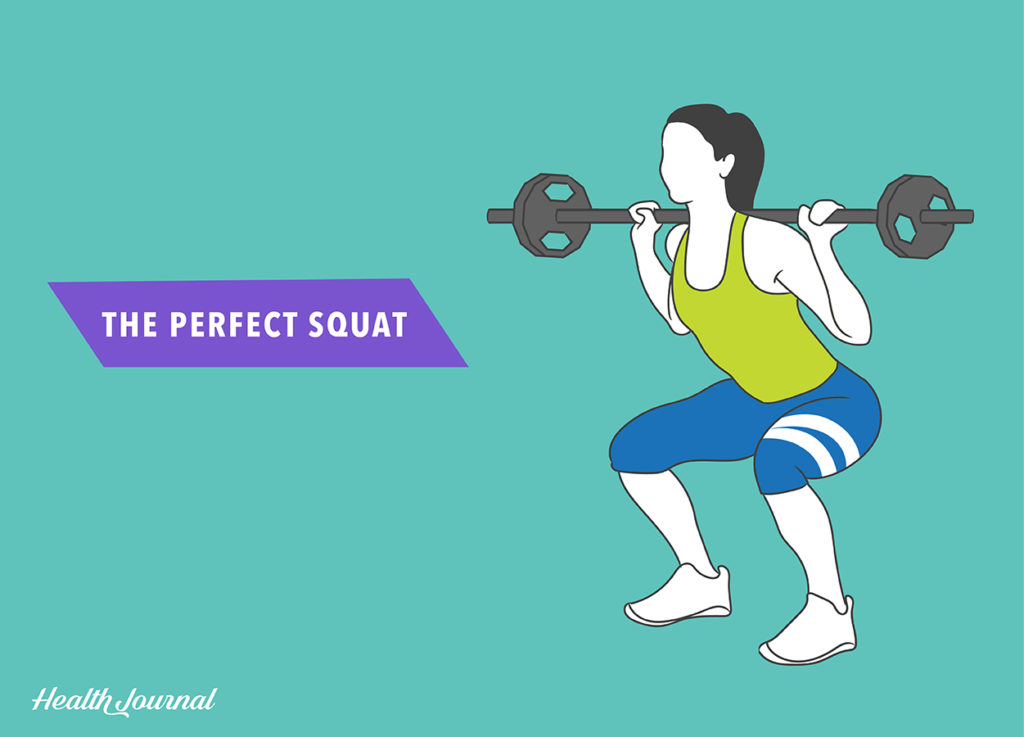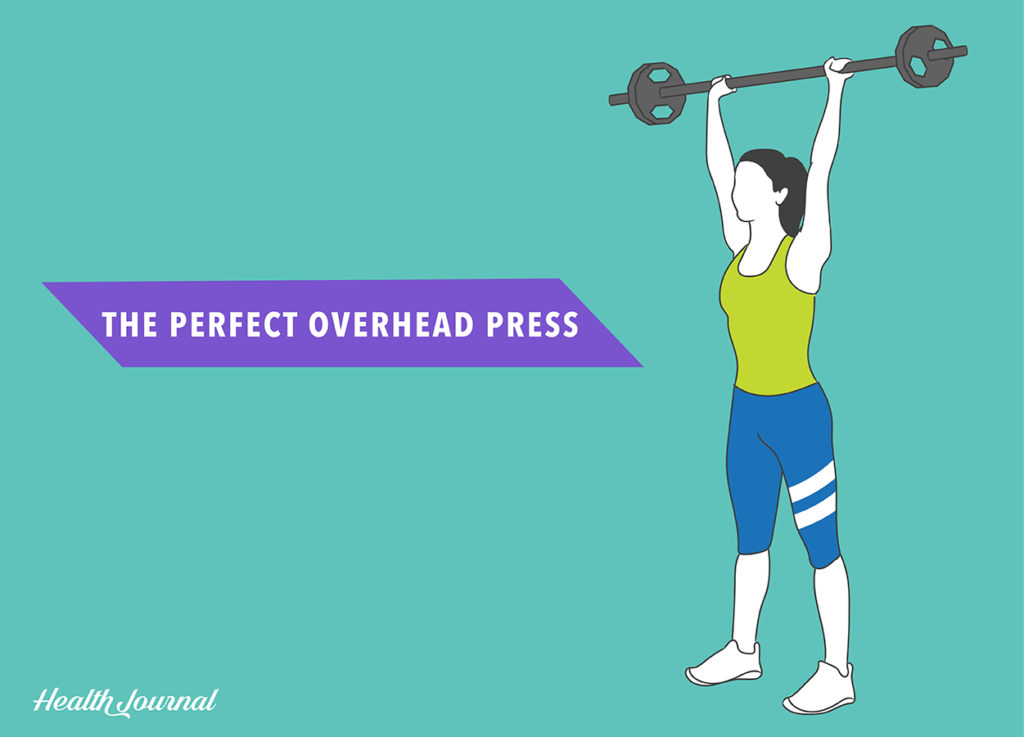With the huge rise in popularity of fitness systems like Crossfit, women seem to have finally shaken the stigma surrounding barbell training. This is great news because the benefits are tremendous and the results vastly more significant than what can be achieved through hours spent on an elliptical. Women are sometimes too intimidated to get started, or through a combination of no/poor coaching and doing too much too soon, they’ve wound up injured in the past. However, when properly performed, barbell exercises will actually make you more resilient to injury. Here are some tips on what barbells workouts can do for women and how to correctly perform some of the most valuable exercises.
Become a Stronger Person in Body and Mind
One of the most significant benefits of barbell workouts is the unique ability to add additional load for a long period of time. Barbell exercises train your entire body as a unit, the way it was designed to operate. Because you are using more muscles, you can get very strong in these movements. All else being equal, a strong individual is a faster individual, a more resilient individual and a more mobile individual.
Something less often talked about is the mental toughness that comes from doing something that is inherently difficult. Mental toughness is the ability to persevere when life gets hard. It’s the ability to push through a hard set of deadlifts when you’re thinking there is no way you can do it.
Mitigate Bone Density Loss and Resilience to Injury
According to the National Osteoporosis Foundation, about 80 percent of the 10 million Americans with osteoporosis are women. Weight-bearing exercise like barbell workouts stimulate your bones to grow denser and stronger, preventing the bone density loss that affects so many women. If you’re older or already suffering from low-bone density, it can halt or reverse that downward slide. Meanwhile, your mobility will improve, the gains you make will actually stick and that, combined with your stronger, more supple tendons, will greatly reduce the likelihood of injury.
Muscles = Fat Loss = Look Hot in Yoga Pants
Most clients focused on fat loss tend to gravitate toward the cardio equipment. It’s easy to get started and certainly beats sitting on the couch, but it doesn’t hold a candle to barbell workouts when it comes to functional fitness or changing body composition for women and men alike. While cardio will burn some calories, strength training continues to burn calories long after the workout has ended. Additionally, each pound of muscle you gain will burn an additional 30-50 calories every day just to maintain it.
Barbell Workouts for Women: How to Start Using Barbells
It’s important to move slowly when first starting your barbell workout. Don’t ask your body to do anything it isn’t ready for. Start with an empty bar. If that’s too heavy, use a broomstick or PVC pipe to practice the movements. If you can’t perform the exercise through a full range of motion, use a box or chair as a target and work to go slightly farther each time. Make sure you are progressing in some way each workout. That could mean adding five pounds, doing an extra rep or achieving a greater range of motion. Focus on perfecting your form while the weight is light so that it comes naturally when things get heavy.
5 Steps to the Perfect Deadlift
Walk up to the barbell so that your shins are about an inch away from the bar. The bar should be directly over the middle of your foot, or about over the laces of your shoes. Heels should be 6-12 inches apart with the toes straight ahead or turned slightly outward.
Bend over with stiff legs and grip the bar so that your arms are just outside of your legs.
Bring your shins forward until they touch the bar. Wherever your hips are at this point, they will stay until you start the lift.
Tighten the muscles of your back and use that tension to pull your chest up. This will pull you into a neutral spine position (i.e., your back is flat). Another useful cue is to push your belly between your thighs. Remember, your hips should not have moved from the previous step. You should feel a lot of tension in your hamstrings at this point. This step is hugely important for the safety of your low back.
Maintain that tension in your back and hamstrings, take a big breath, brace your abs and drag the bar up your legs. Make sure to keep the bar as close to the body as possible and don’t let it drift forward.
Regression: If you can’t maintain a flat back at the start of your deadlift, elevate the bar to the lowest position you can. From there, work your way down to the floor.
5 Steps to the Perfect Squat
Standing under the bar, squeeze your shoulder blades together and place the bar on your traps — the meaty muscles behind and below your neck. Grip the bar as close to your shoulders as you comfortably can.
Lift the bar and take as few steps as necessary to get away from the squat rack. Stance width can vary but a good place to start is with your heels shoulder-width apart and your toes pointed slightly outward.
Take a big breath, brace your abs and use your back muscles to pull the bar down into your traps.
Act like you want to spread the floor apart with your feet. Push your hips back and down as you simultaneously bend your knees. Push your knees out so they track over your toes. Don’t ever let your knees buckle inwards.
Lower your hips until they are parallel with your knee or slightly lower. Drive your upper back into the bar and rise out of the bottom position using your hips, continuing to push your knees outward.
Regression: If you can’t reach parallel depth in your squat, squat to a box, bench or chair that you can reach with good form and work to increase the range of motion each workout.
5 Steps to a Perfect Overhead Press
Grip the bar with your hands just outside of your shoulders. Brace your abs and glutes and squeeze your shoulder blades together as you lift the bar out of the rack. Maintain this tension throughout.
Take a big breath and reinforce that tension before initiating the lift with your shoulders. Think of raising your shoulders up instead of pushing your hands up.
Press the bar straight up in a vertical line. This will require you to tuck your chin as the bar passes your face. At no point should the barbell’s path venture away from your body. It moves straight up and down.
Finish the lift with the bar directly overhead. Getting into this position will place your arms next to your ears. If your arms extend out in front of your face, then you’ve let it get away from you. Another good cue is to “poke your head through the window” that your arms have created.
Lower back to the starting position, making sure to maintain your full body tension to support the weight. If you relax in this bottom position, then your tendons and ligaments will be supporting the weight instead of your muscles — not good!
Regression: Pressing overhead with dumbbells is a great way to develop strength in the movement and create stability in the shoulders if a barbell overhead press proves too difficult.










